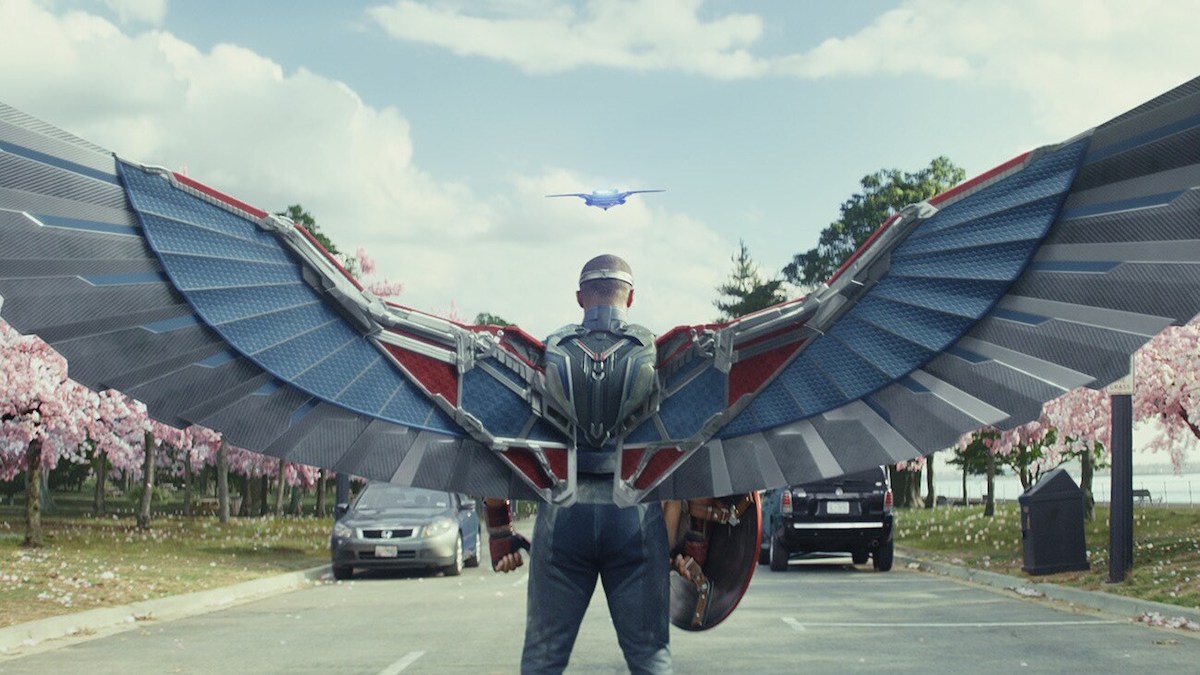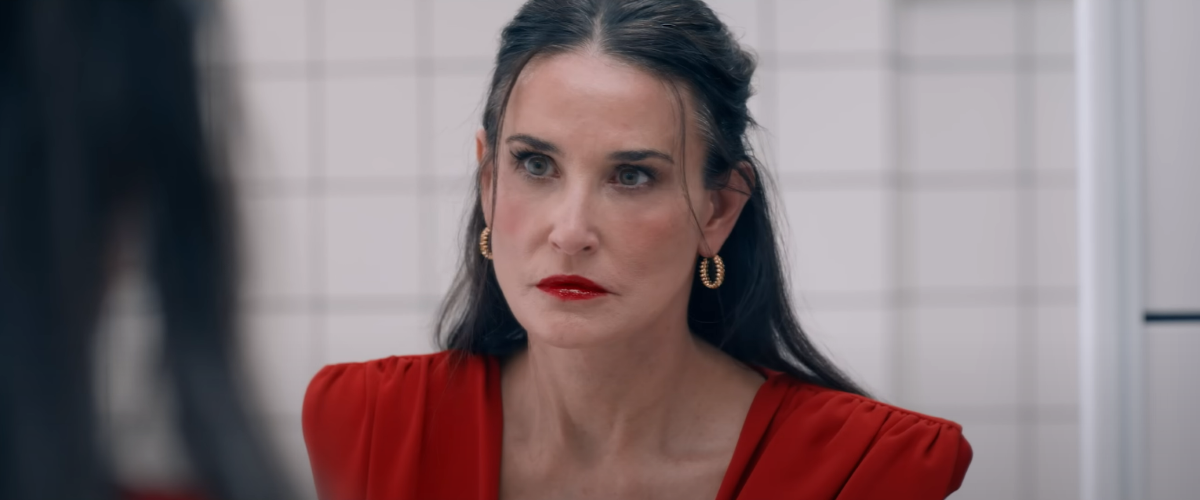Amid the countless number of vampire movies, “Nosferatu the Vampyre” is a sublime and underappreciated gem.
Directed by Warner Herzog, the movie is a remake of “Nosferatu: A Symphony of Horror,” the 1922 silent classic of German Expressionism. The movie manages to stay faithful to the source material while possibly even improving on it.
The story is the classic Dracula story: Jonathan Harker goes to Transylvania to meet the count, unknowingly inviting a vampire to destroy his life and his hometown.
Nosferatu’s arrival in the German town of Wismar also signals the coming of the plague. As thousands of rats spill out of his ship, we feel the haunting gloom of the inevitable death that awaits us all.
This sense of haunting doom is expressed by Herzog’s cinematography.
To a contemporary viewer, Herzog’s direction may feel impossibly slow. When I first watched his movies this is one of the first things that makes an impression, as well as the camera movements.
Herzog is well known as a master director, but he doesn’t have the obsessive eye we see in the likes of Kubrick. He doesn’t have as many focused shots as you would see in a photobook of stills.
It seems like Herzog is picturing something wholly beyond the shot of the screen, something we can never quite see in the movie. His effect has an incredibly subtle power.
His powerful vision brings to life sequences of the story like the journey sequences of Nosferatu on the boat accompanied by music. The slow pace and soundtrack contribute to a sense of atmosphere as strong as the story.

The soundtrack alone is also worth the watch. Like Herzog’s other films, it is simple yet powerful. Most of the soundtrack was made by the German folk-electronica band Popol Vuh, who made the soundtracks for many of Herzog’s movies.
The other classical selections by Herzog are also perfect for their respective scenes. The “Sanctus” at the end credits by Gounod becomes transcendent, somehow full of despair and hope at the same time.
It’s hard to place the overall feeling of the film because the mood is not only doom and gloom: there is hope and heroism in the characters who believe in love even as they accept their own fate.
This heroism is shown by Isabelle Adjani’s character, Lucy, as she bravely defies Nosferatu out of love for her husband. She actually becomes the hero rather than the victim in the last act of the film.
The performances on the part of Adjani and by Klaus Kinski as Nosferatu are also amazing.
As one of the most infamous yet greatest actors in cinema history, Kinski turns out to be perfect for the role of Nosferatu. And Adjani matches his performance in her powerfully emotive glances and gestures.
One of my favorite scenes is when Nosferatu confronts Lucy in front of her mirror. The acting is amazingly slow and Adjani makes many expressive gestures reminiscent of German silent films, without ever being too much.
The makeup and lighting on the two characters are also very evocative and assist the composition of the scenes.
There is a depth of emotion to Adjani’s Lucy, as well as Kinski’s Nosferatu. Viewers can feel a deep sense of sadness that both characters share. There is something in it that goes so far beyond pure horror, but maybe shows a solidarity in death.
The balance between absolute beauty and sadness is in line with some of Herzog’s remarks about nature when he was filming in the Amazon.
“Nature here is vile,” Herzog said. “I see fornication and asphyxiation and choking and fighting for survival and growing and just rotting away . . . the trees here are in misery, the birds are in misery. I don’t think they sing, they just screech in pain.”
He looks at life in total honesty, good and bad, and doesn’t look at nature through a lens of comfortable romanticism. At the same time, he absolutely loves nature.
Herzog’s honest and deep look at the nature of life is seamlessly blended into the classic vampire story of Nosferatu. The film is one of his successes and a transcendental epic of the vampire genre.
Sonnek can be reached at sonnekrl6881@uwec.edu.














